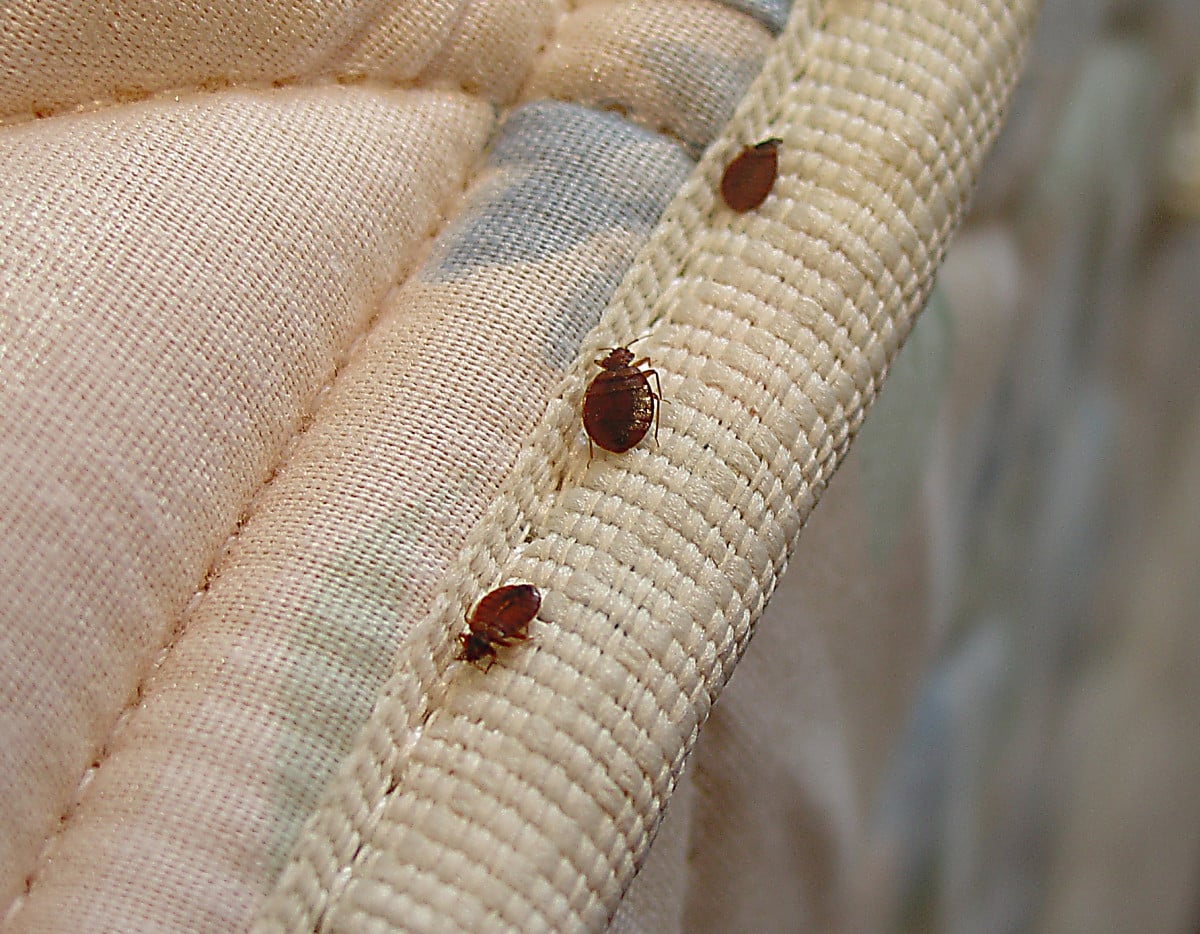Bed Bugs Facts & Information
Prevent Pest Control is always reliable. Always innovative.
What You Should Know About Bed Bugs
Bed bugs are tiny, flat, wingless insects that have been around for a very long time; evidence of their existence dates back to the earliest recorded cultures. These insects mostly consume human and animal blood at night. Hemiptera is their order.
Despite their small size, bed bugs are notoriously difficult to deal with because of their formidable camouflage, rapid reproduction, and unpleasant bites. Inns, motels, and other facilities where people relax and sleep often have them.

Our Services
Expertise and Reliability
Mosquito Guid
Tick Guid
Bed Bug Guid
Flea Guid
Cockroach Guid
Yellow Jacket Guid
Carpenter Ant Guid
Rodent Guid
What Bed Bugs Look Like and How They Grow
When fully developed, bed bugs, which have a flat body and an oval form, may reach a length of 4 to 7 millimeters. Their slender, mahogany-brown bodies are transformed into more rounded shapes when they consume blood, which may give them a deep crimson or rust coloration. Bed bugs are bipedal insects with six legs, two little antennae, and some little wing pads, although they can’t fly.
Adult males and females seem quite similar at first sight. On closer inspection, however, it becomes clear that males have a somewhat tapering, pointed back segment while females have a wider, more smoothly curving abdomen. Although these variations are small, they play a significant role in the identification process for entomologists and pest management experts.
The life cycle of a bed bug begins with tiny, pinhead-sized eggs. From hatching until they reach adulthood, the nymphs go through five molts. A blood meal is necessary at every stage. It can take a month or more for development to take place, depending on factors like temperature and the availability of a host. In pristine habitats, adults may prolong their life expectancy by more than six months.
What Makes Bed Bugs Different from Other Insects
Bed bugs have evolved special adaptations that allow them to live in human homes. They crawl swiftly to avoid light and seek protection, unlike other insects. Their ability to conceal themselves in crevices, seams, and furniture joints is second to none. In order to find their victims while they sleep, bed bugs can sense carbon dioxide and body heat. They are difficult to eradicate without extensive intervention because of their adaptations, which include a flat body that allows them to remain concealed and the ability to exist for months without eating.
Daily Routines and Living Habits of Bed Bugs
Nighttime is when bed bugs are most active, since they like to remain concealed throughout the day. They penetrate the flesh with a large beak-like mouthpart to get blood, usually from people who are asleep. A typical feeding session is between five and ten minutes long. After a meal, they return to their hiding spots to rest and digest. Over the course of a lifetime, a female may lay hundreds of eggs, and she does it very quietly, usually in fissures that are hard to see.
Checking your mattress, box spring, bed frame, headboard, and any other furniture in the area is your best choice if you’re trying to find bed bugs inside. Bugs may quickly multiply and travel to unexpected places, such as baseboards, electrical outlets, wall crevices, and even suitcases. Outside, they are rarely found unless transported on items.
In general, bed bugs stay out of direct sunlight and like temperatures between 70 and 80 degrees Fahrenheit. They prefer dry, confined areas near people rather than damp ones, unlike other pests. They are particularly tenacious after they’ve made themselves at home inside because of their capacity to hide and go for extended periods of time without food.
How to Spot and Understand a Bed Bug Infestation
Infestations of bed bugs do not harm structures, but they may create significant emotional and sanitary problems. Sheets with tiny crimson stains, mattresses with black feces marks, shed skins, and a musty stench are common indications. Itching or allergic responses may be caused by bites, which often appear in groups or lines.
Bed bugs lurk in the crevices of mattresses, frames, furniture, baseboards, and behind decorative items. When infestations continue or spread throughout the house, they may make it difficult to sleep and cause stress and worry.
How Bed Bugs Can Affect Your Health and Safety
Bed bugs do not spread illness, but their bites may cause a lot of problems. On exposed flesh, such as the arms, legs, or neck, bites often emerge as red, itchy welts. An allergic response might range from minor discomfort for some people to severe swelling or blistering for others. An excessive amount of scratching might lead to skin problems.
On very rare occasions, persistent infestations may cause people to experience feelings of stress, anxiety, or insomnia, particularly if their sleep is often interrupted. The indoor allergens posed by bed bug skins and droppings might aggravate asthma and allergies in those who are already vulnerable.

Get a Free Quote Today!
"(Required)" indicates required fields
